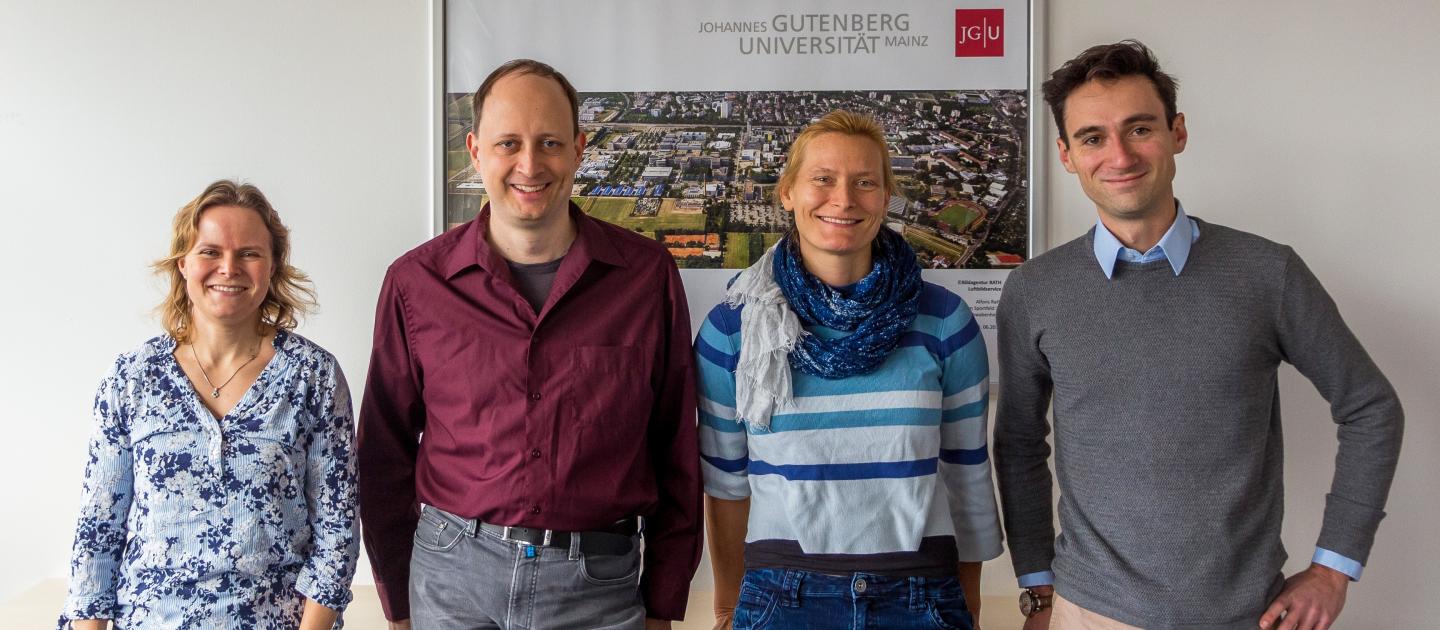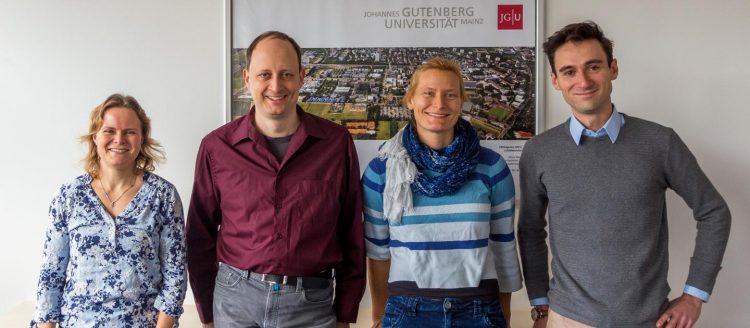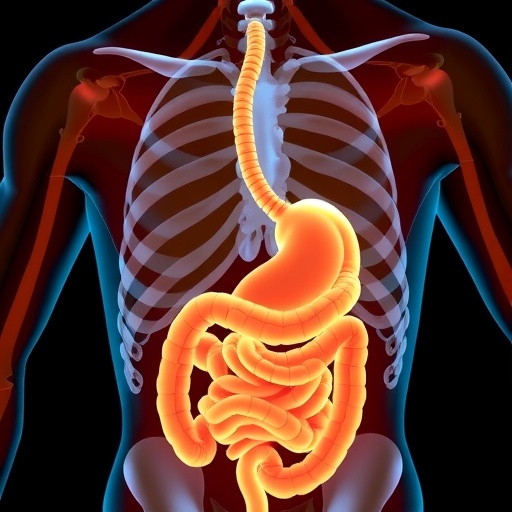The Carl Zeiss Foundation supports the establishment of the Emergent AI Center at JGU that brings together researchers from the fields of biology, physics, and polymer research

Credit: photo/©: Valerie Hilzensauer
The Carl Zeiss Foundation will fund the establishment of a new research center in the field of artificial intelligence at Johannes Gutenberg University Mainz (JGU). The new center will host computer scientists, physicists, and biologists from Mainz University along with researchers from the Max Planck Institute for Polymer Research in Mainz who are investigating various fundamental aspects of artificial intelligence. The interdisciplinary Research Center Emergent Algorithmic Intelligence began work on April 1, 2019. The Carl Zeiss Foundation provides a total of EUR 3 million over the next five years under the auspices of its “Durchbrüche 2018” research program.
The use of artificial intelligence methods has become increasingly widespread in various sectors of society in the last few years. Machine learning techniques, where the computer learns to solve complex problems from examples, play a key role in this development. Such learning systems can learn to undertake tasks such as recognizing speech and converting it into text or translating it into another language, they can analyze medical images to detect diseases, or evaluate video recordings in a driverless car to automatically detect obstacles. The potential for applications in business, science, or even art seem almost endless. Thanks to modern high-performance computing systems and the availability of big data, learning machines can already achieve astonishing results. In basic pattern recognition tasks, such as object detection in images or the transcription of spoken into written language, results are often surprisingly close to human performance. “Modern machine learning methods allow us to solve many problems using computers which just a few years ago, without doubt, only humans were able to handle successfully,” stated Professor Michael Wand of the Institute of Computer Science at JGU.
Machine learning techniques uncover patterns in naturally occurring data
In the new Emergent AI Center, Wand and his colleagues will be exploring the phenomenon to understand why these new systems are so successful. “Of course we know exactly how the systems work, but why they work so well remains a mystery,” said Wand. The extraordinary progress made in recent years is primarily due to the development of so-called deep artificial neural networks. These networks are rather crude and simplistic imitations of natural biological neural networks. The core idea is that simple patterns are recognized first and then gradually, over several stages, they are assembled into more complex patterns – the greater the number of levels, the ‘deeper’ the network. The exact interconnection of these networks is learned from training examples; connections are reinforced step by step when they are able to deliver better results using familiar training examples.
This raises a fundamental issue: Learning from (a limited number of) examples is only possible if the learned patterns derive from a simple class that can be characterized succinctly. Or, to put it another way: To interpolate or infer the whole set of patterns from a limited number of training examples with some level of accuracy, the data must be inherently statistically similar. And prior knowledge of the nature of this similarity needs to be integrated within the learning process itself, in case of ‘deep networks’ in that network itself. Otherwise the whole thing will not work. “Which patterns natural data have in common and how neural networks exploit this prior knowledge is still an open scientific problem,” explained Wand.
Favorable framework conditions for the new research center in Mainz
The Emergent AI Center at Mainz University will follow an interdisciplinary approach to tackle these questions investigating whether general statistical patterns are hidden in natural processes and whether and, if so, how modern machine learning methods use these patterns for learning. The project will be based on three core disciplines: statistical physics, evolutionary biology, and materials sciences. Ideas from statistical physics will be used to investigate whether the known laws of physics at the atomic level could lead to statistical preferences concerning the generation patterns at the macroscopic level. At the same time, researchers will look for similarities between the adaptation mechanisms of biology and the learning structures used in machine learning. In the realm of the materials sciences, the aim will be to simulate cognitive processes without traditional computers, for example by means of the direct use of magnetic circuits (spintronics) or biomolecules. The aspect of self-organization, a phenomenon closely connected with pattern formation, will be of particular interest here.
The long-term goal is to involve further research fields and thereby hone in on identifying the essential nature of natural patterns and their common features. The research group thus hopes to lay foundations that will allow the development of even better machine learning methods and perhaps a better understanding of the phenomenon of intelligence itself. The team is led by Professor Michael Wand of the JGU Institute of Computer Science, Dr. Karin Everschor-Sitte of the JGU Institute of Physics, Professor Susanne Gerber of the JGU Institute of Developmental Biology and Neurobiology, and Dr. Tristan Bereau of the Max Planck Institute for Polymer Research in Mainz. The university’s Center of Data Processing and its Mogon II high-performance computer play an important role in supporting and enabling the research activities. The research environment at Mainz University is a further enabling factor in tackling such fundamental research questions: Natural sciences and life sciences at JGU are internationally renowned and the Institute of Computer Science is strongly focused on data science, machine learning, and big data, thereby providing the ideal breeding ground for the new research center.
###
Media Contact
Dr. Michael Wand
[email protected]
Original Source
https:/





